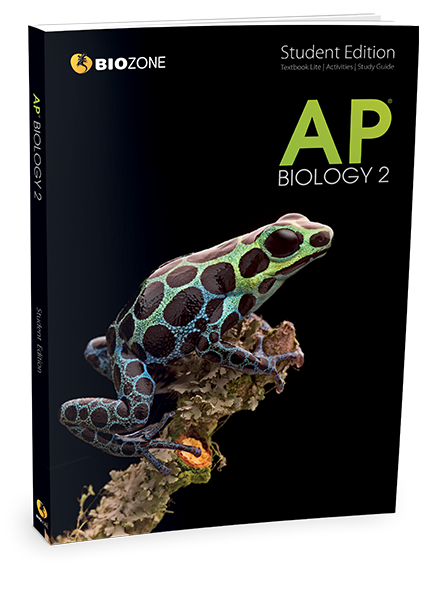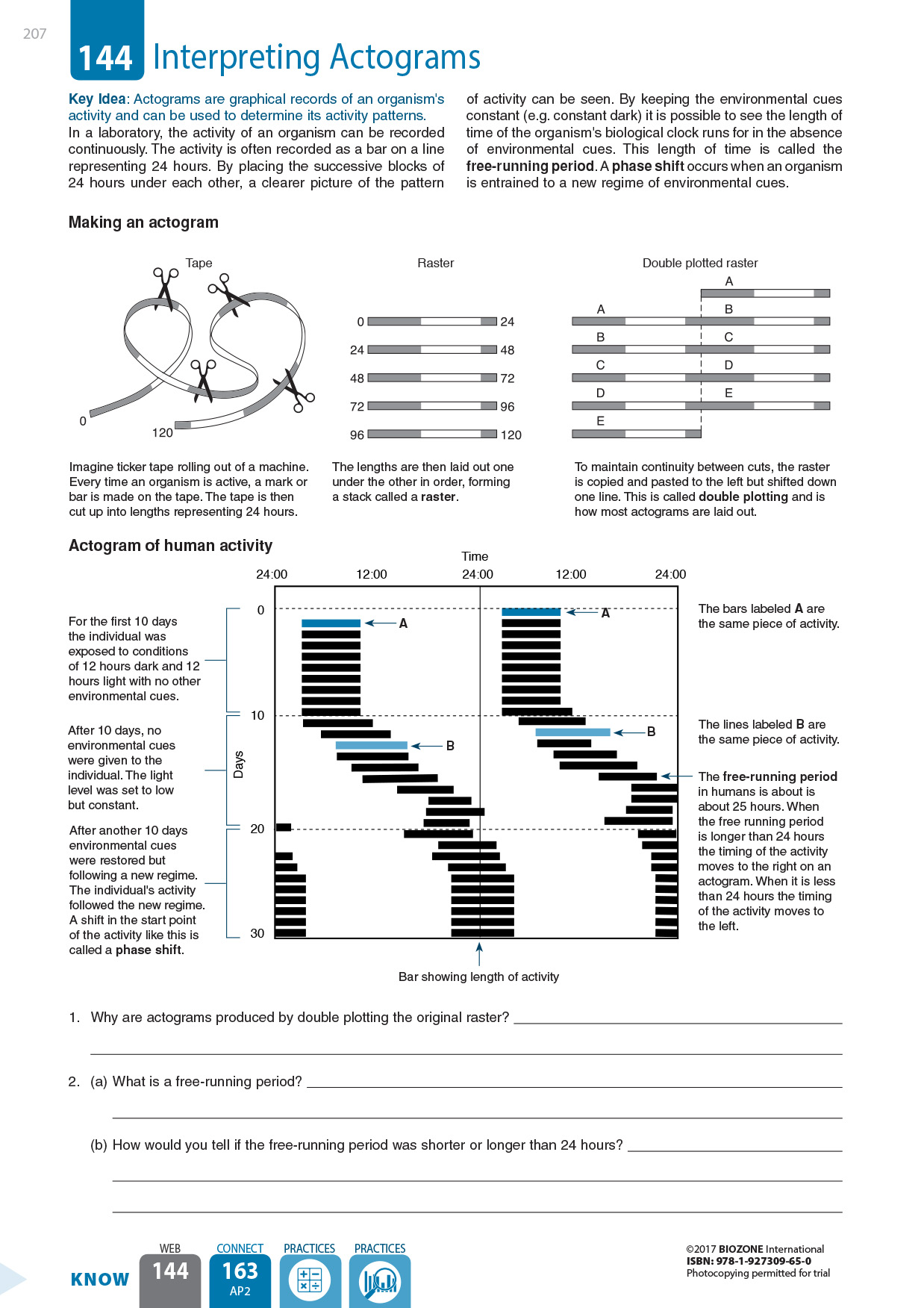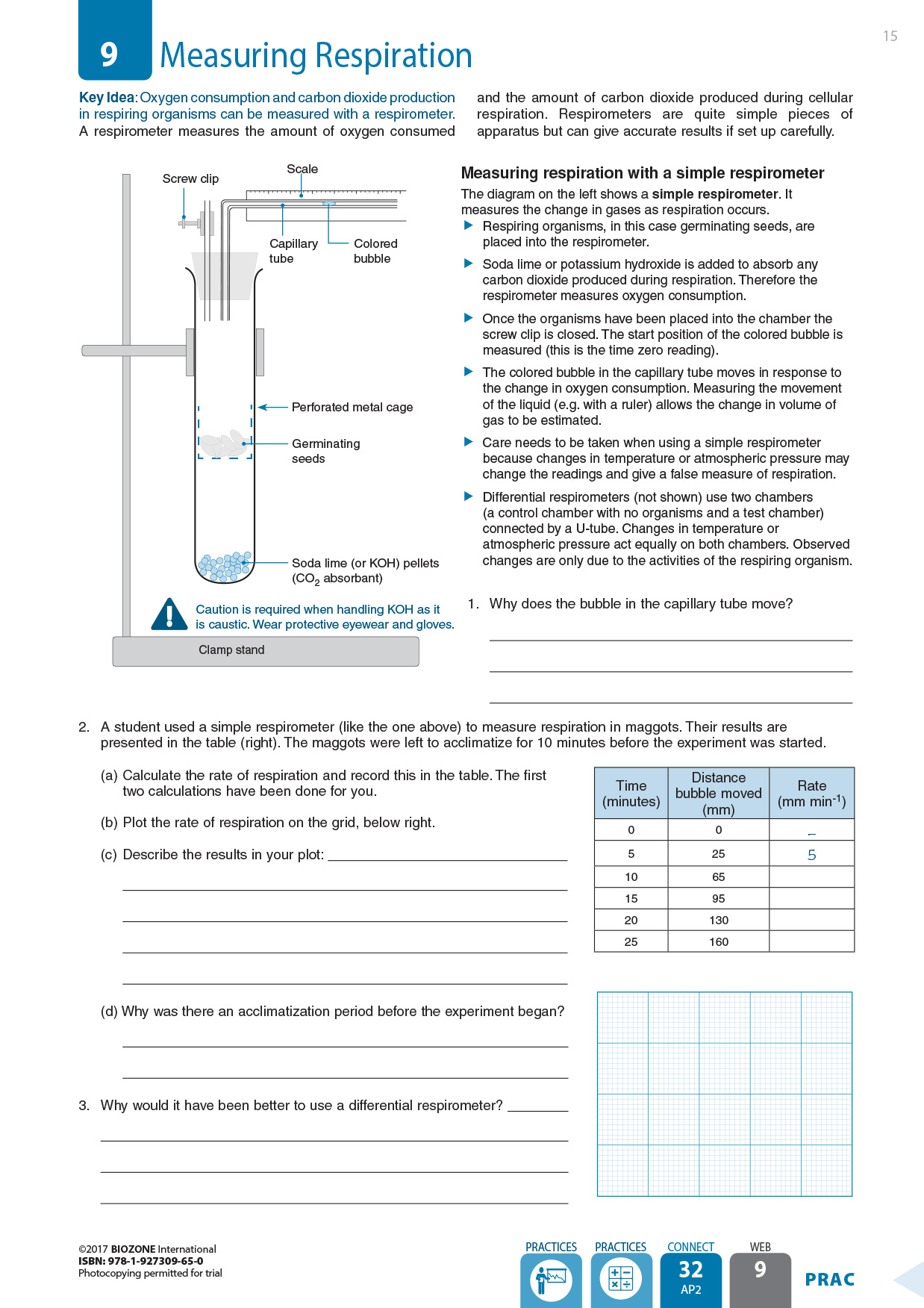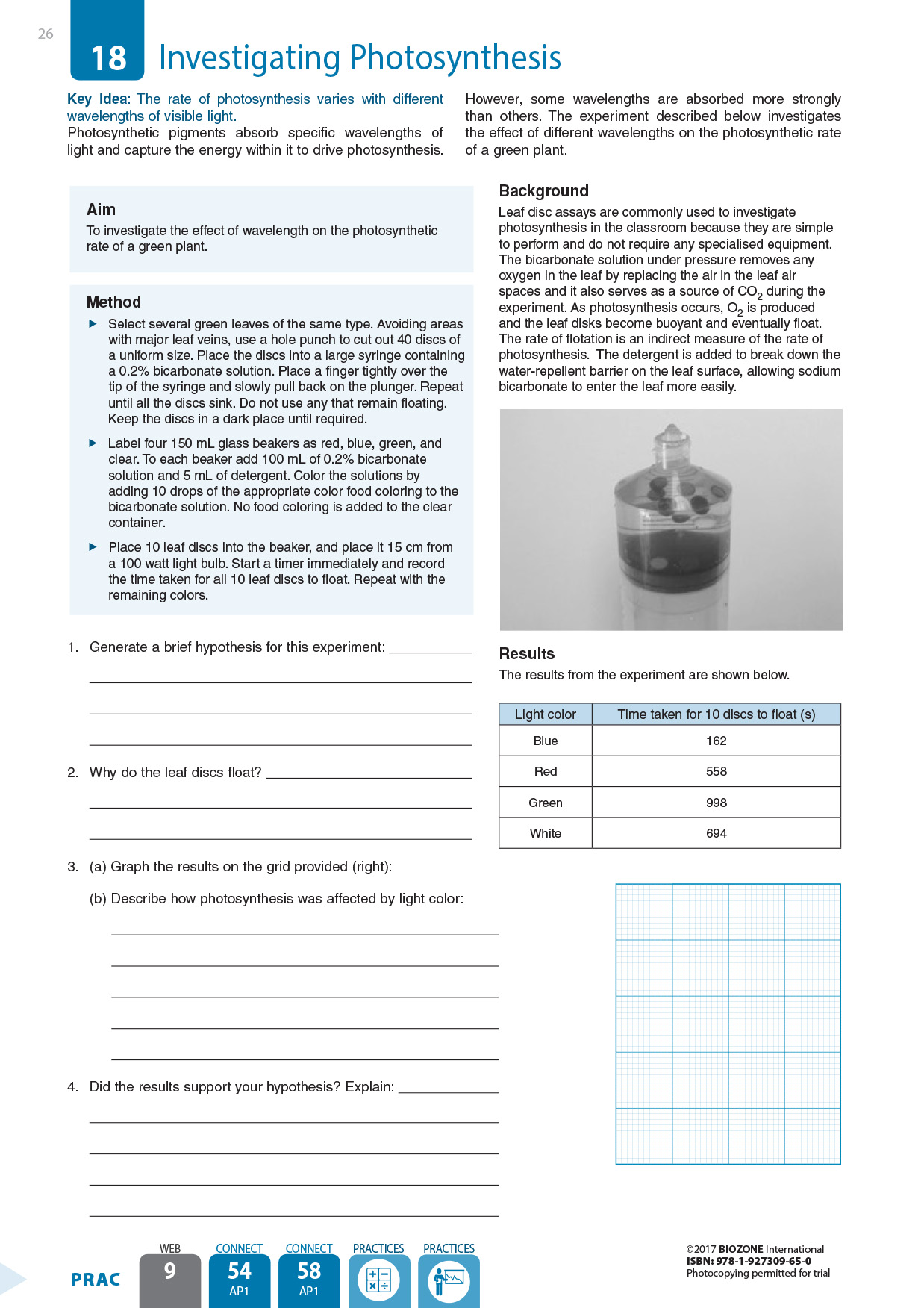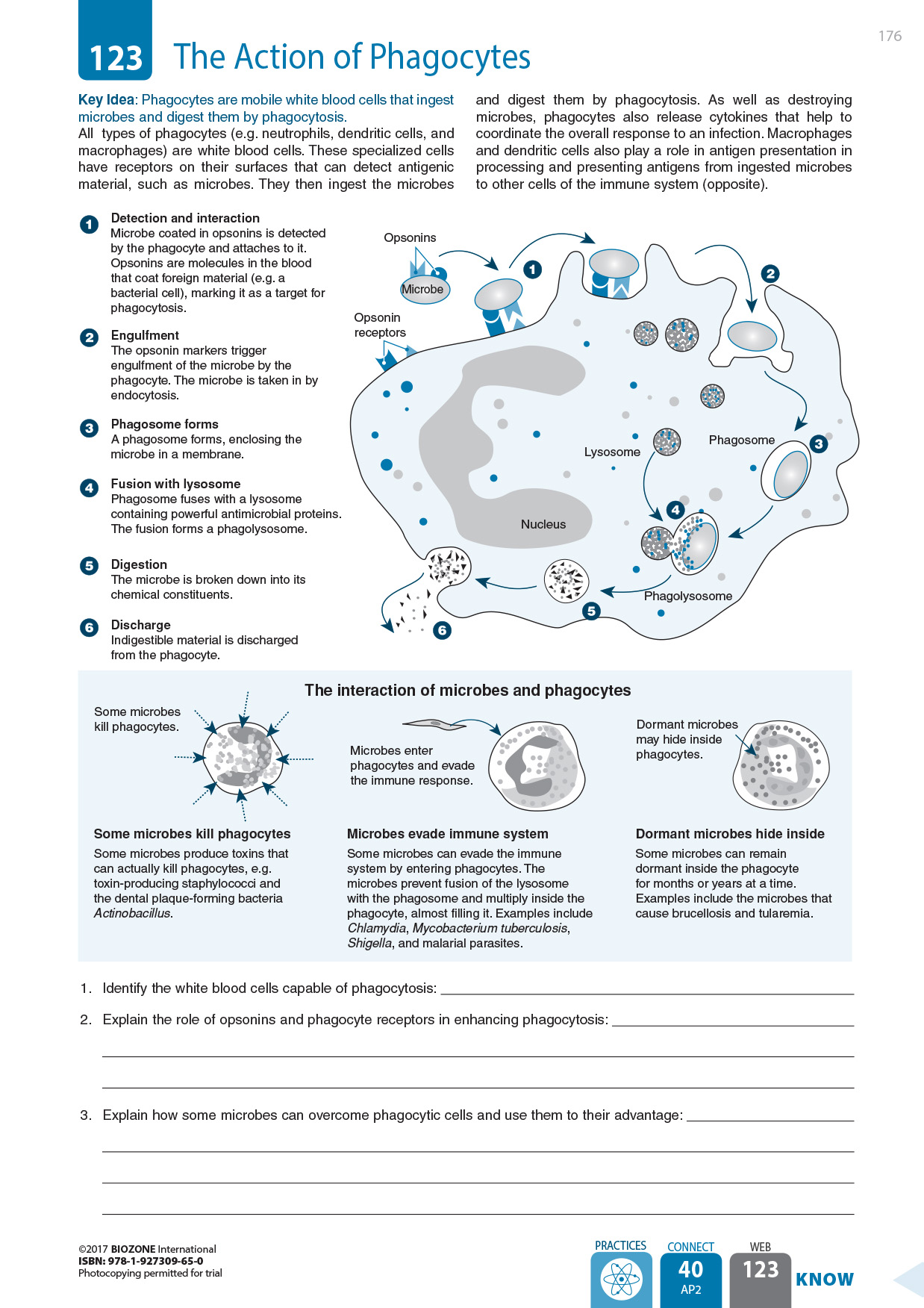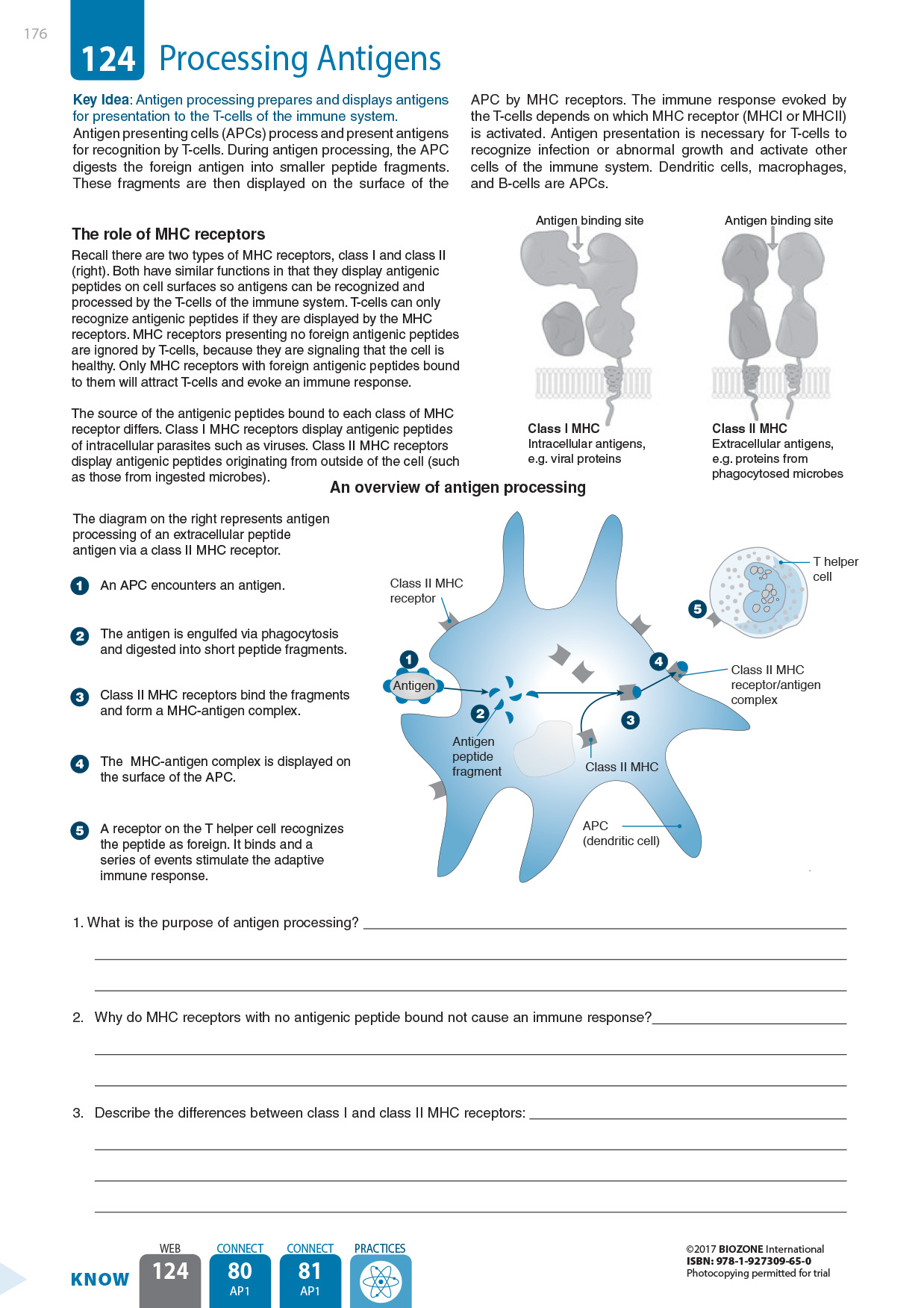AP Biology 2 – Student Edition
$34.95
Add to cartAP Biology 2
Student Edition
$34.95
$24.95
Taxes & shipping calculated at checkout
SKU
AP2-2
Categories AP Biology, AP Programs, Biology, Print, Student Edition
| Quantity | Discount | Per Item Price |
|---|---|---|
| 20+ |
|
$24.95 |
See every page
Get a sample packet for classroom trial (PDF)
Suitability
Content and learning objectives address the AMENDED Advanced Placement Biology Curriculum Framework
ISBN
978-1-927309-65-0
Edition
2nd
(2017)
No. Pages
424
Format
PRINT: Paperback, Full Color
NIMAS
Yes
Secure checkout
Overview
Contents
Teacher toolkit
Student support
Digital
Overview
.jpg)
Key Ideas and developing knowledge
Our AP Biology series is comprised of two titles, each covering different topics. AP2 Biology 2 covers the following topics: Metabolism, The Physiology and Behavior of Organisms and Ecology.
BIOZONE’s 2017 editions of our popular AP Biology 1 & 2 student books build on the successful approach of previous editions. They feature revised content and easy-to-use tools for identifying program requirements and assessing student performance.
For ease of use, the full course work for AP Biology has been published as two companion titles (like 2 semesters).AP Biology 1 is the companion to this title. Each title can be purchased individually or as the AP Biology Bundle.
Features and benefits:
- Chapter introductions provide a summary of required knowledge, encapsulating the Essential Knowledge of the AP curriculum framework (2015) and matched point for point.
- A Key Idea introduces each activity, providing a clear focus and “take-home” message for the student.
- Activities to support student-led inquiry and a larger number of activities involving data analysis and modeling.
- Case studies and required illustrative examples.
- Easy-to-use coding for weblinks, content and concept connections, and science practices:
- Science Practices are well supported through integrated activities in both volumes.
- Concept and Content Connections codes enable students to make important connections across the entire program.
- Content to support the 13 required practicals.
- Both volumes include content adjustments and updates in light of the latest (2015) review of the framework and in keeping with the dynamic nature of science.
- Review activities at the end of each chapter enable students to test their understanding and are ideal as formative assessment tasks.
- Synoptic activities suitable as summative assessments conclude each section of work.
Additional resources available
Resource Hub: The BIOZONE Resource Hub is a FREE resource, available to both students and teachers. It offers a curated collection of Open Educational Resources (OER) specifically chosen to support the content of the worktext. Resources include videos, animations, games, 3D models, spreadsheets, and source material
TEACHER SUPPORT PRODUCTS
BIOZONE offers a number of products designed to help teachers effectively deliver AP Biology 2. These include:-
- Teacher’s Edition contains:
- Classroom Guide (see below)
- Model answers in place
- Additional teacher coding
- Teacher’s Edition contains:
The Classroom Guide at the beginning of the Teacher’s Edition provides a guide to using BIOZONE’s resources. It includes strategies for teaching in a differentiated classroom, information about the assessment tools, practical investigations, and extended Teacher’s Notes.
Contents
Contents
Metabolism
- Energy in Living Systems
- Enzymes and Metabolism
The Physiology and Behavior of Organisms
- Homeostasis and Energy Allocation
- Plant Structure and Adaptation
- Comparing Animal Systems
- Interactions in Physiological Systems
- Defense Mechanisms
- Timing and Coordination
- Communicating and Responding
Ecology
- Populations and Communities
- Energy Flow and Nutrient Cycles
- The Diversity and Stability of Ecosystems
Teacher toolkit
BIOZONE’s AP Biology 2 worktext is supported by the Teacher Toolkit, a suite of resources specifically developed to help plan and deliver an engaging program.
Resources available include:
- Teacher’s Edition (print): includes model answers, teacher coding and classroom Guide.
- Classroom Guide (free download PDF): explains the pedagogy and how to get the most from the features of the worktext. Includes information for differentiated instruction, assessment
- Resource Hub (curated resources to support content delivery): access 3D models, videos, weblinks and more.
Student support
Digital
Find a Local Resource Advisor
Need more information about a BIOZONE program? Talk to your local state Resource Advisor to find the right solution for your school or district.


